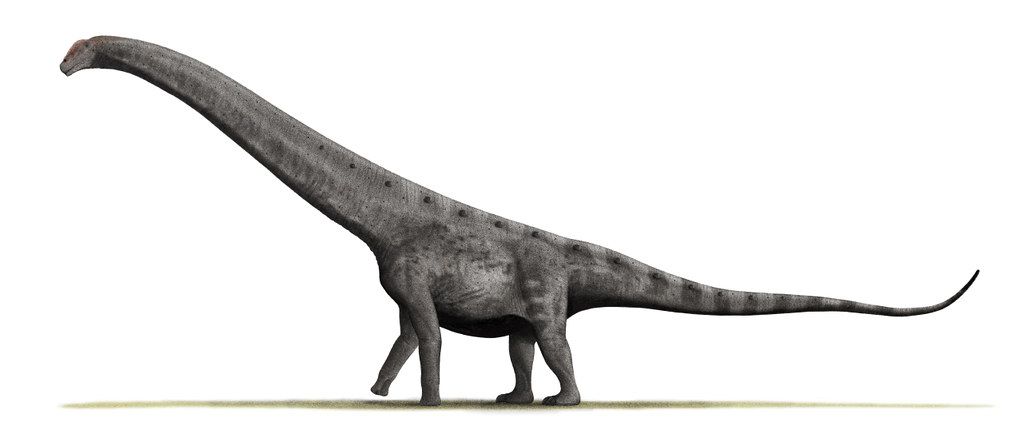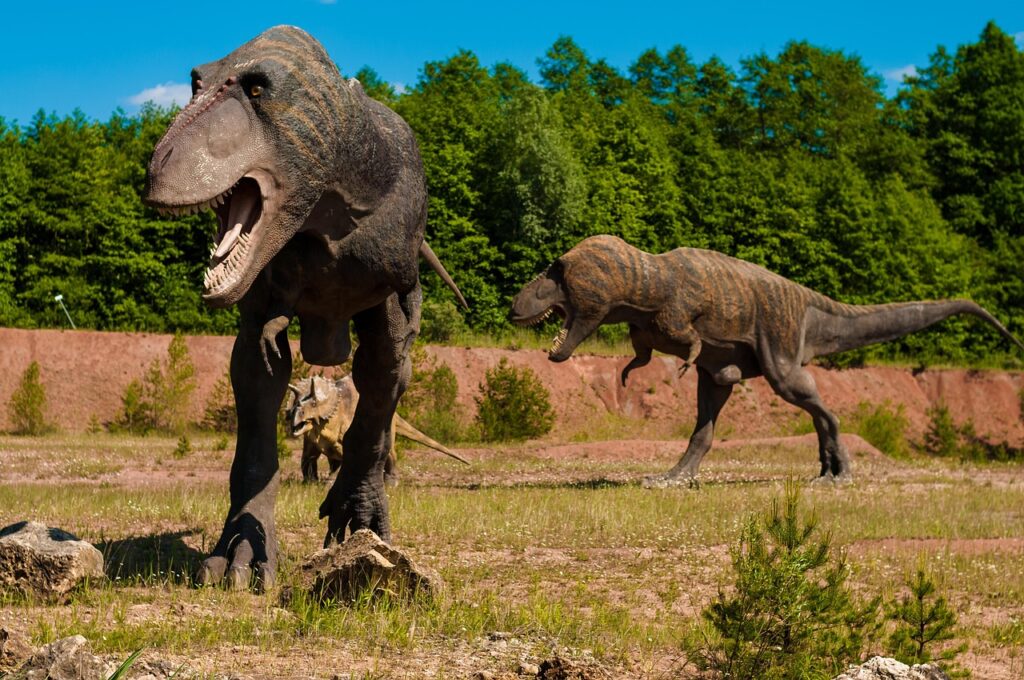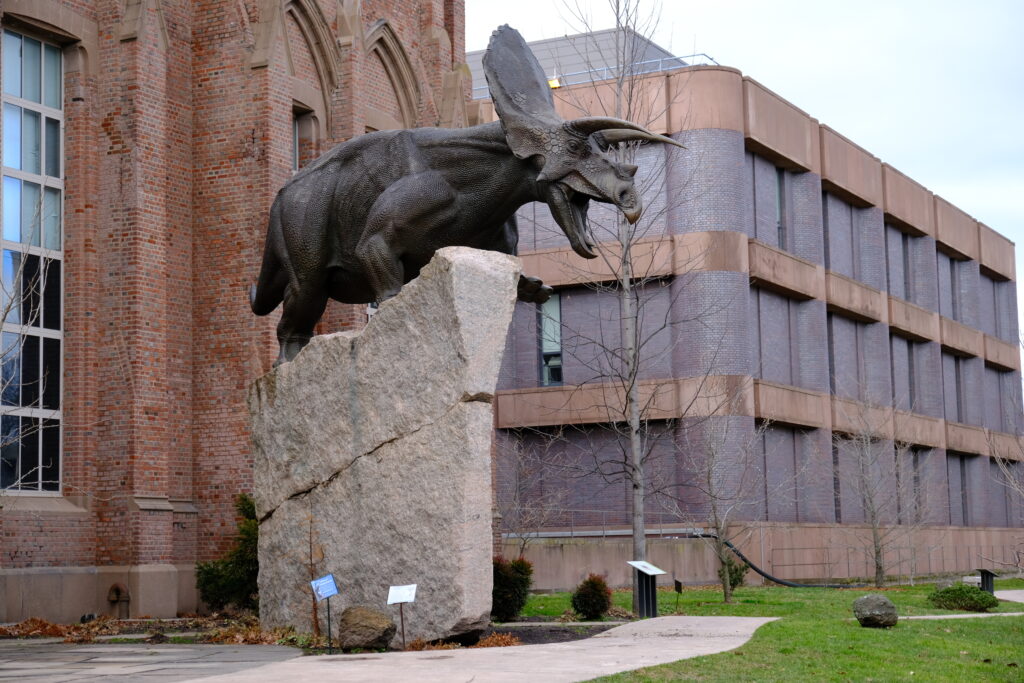Picture a creature so massive that its footsteps could shake the ground for miles around. Imagine vertebrae the size of a grown adult and a neck that could reach the treetops of our modern world. This wasn’t fiction; this was reality around ninety-seven million years ago when Argentinosaurus ruled the prehistoric landscapes of South America. While you might think you know dinosaurs, nothing quite prepares you for the mind-bending scale of this gentle giant that redefined what we thought was possible for land animals.
This titanosaur didn’t just walk the earth; it dominated it with a presence that dwarfed nearly everything around it. Yet despite its fame as potentially the largest land animal ever discovered, Argentinosaurus remains shrouded in mystery, known only from fragments that hint at its incredible story.
It Was Discovered by Pure Accident in 1987
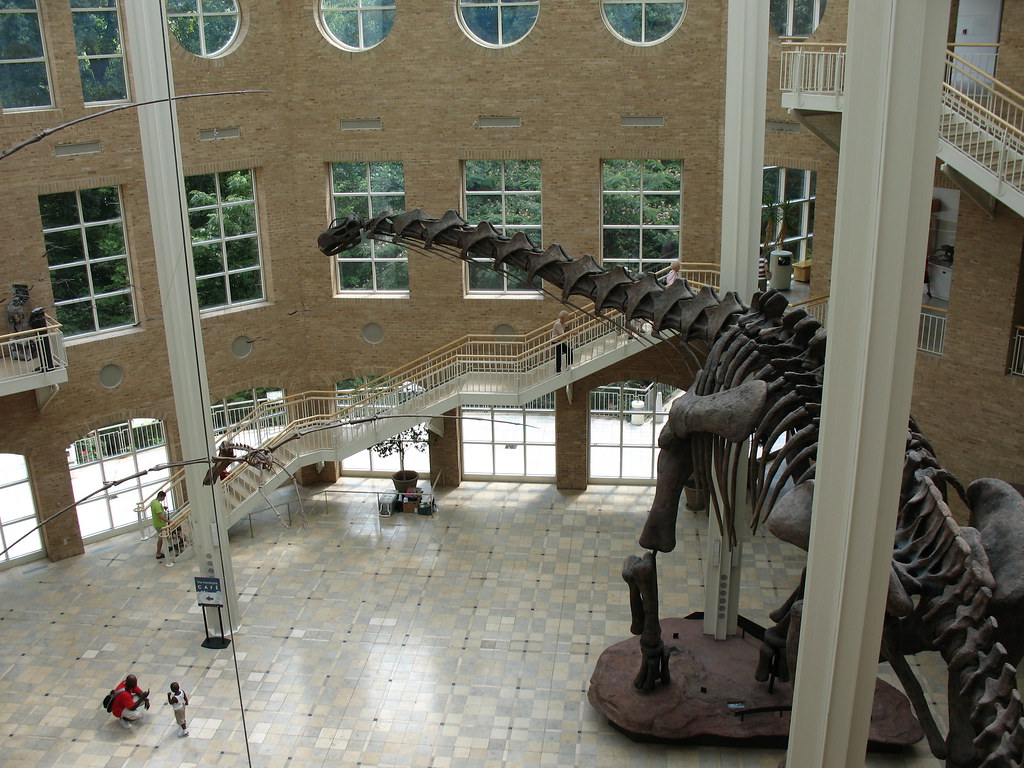
Sometimes the greatest discoveries happen when you least expect them. In 1987, a fossil the size of a fully grown human being was unearthed on a ranch in Argentina. The rancher thought the fossil specimen was a large chunk of petrified wood, and it wasn’t until 1993 that it was reclassified as a single vertebra belonging to a new species of sauropod.
The story of Argentinosaurus begins in 1987, on a farm near Plaza Huincul, Neuquén Province, Argentina. A local farmer, Guillermo Heredia, stumbled upon what he initially mistook for petrified wood. What seemed like an ordinary piece of fossilized timber turned out to be one of the most significant paleontological finds of the twentieth century.
The first Argentinosaurus bone, which is now thought to be a fibula (calf bone), was discovered in 1987 by Guillermo Heredia on his farm “Las Overas” about 8 km (5 mi) east of Plaza Huincul, in Neuquén Province, Argentina. Heredia, initially believing he had discovered petrified logs, informed the local museum, the Museo Carmen Funes, whose staff members excavated the bone and stored it in the museum’s exhibition room.
You Could Fit Multiple School Buses in Its Length
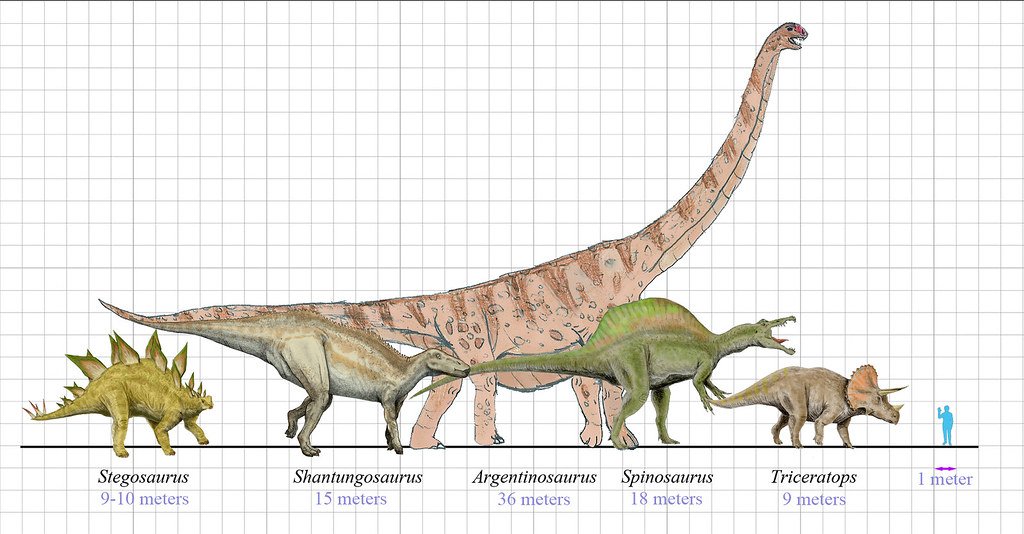
Although it is only known from fragmentary remains, Argentinosaurus is one of the largest known land animals of all time, perhaps the largest, measuring 30–35 m (98–115 ft) long and weighing 65–80 t (72–88 short tons). To put this staggering size into perspective, think about your daily commute.
To put the immense size of Argentinosaurus into perspective, its length would be equivalent to approximately 2.5 to 2.9 standard city buses placed end to end. Its height at the shoulders would have been as high as a two-story house! Walking beneath this creature would have felt like standing in the shadow of a moving building.
For context, its length rivals that of a basketball court, and its weight is equivalent to a herd of about ten elephants. Such comparisons help us grasp the sheer scale of Argentinosaurus, a true titan of the Mesozoic era. Honestly, these comparisons barely capture the overwhelming presence this dinosaur must have had in its environment.
Its Individual Vertebrae Were Bigger Than Humans
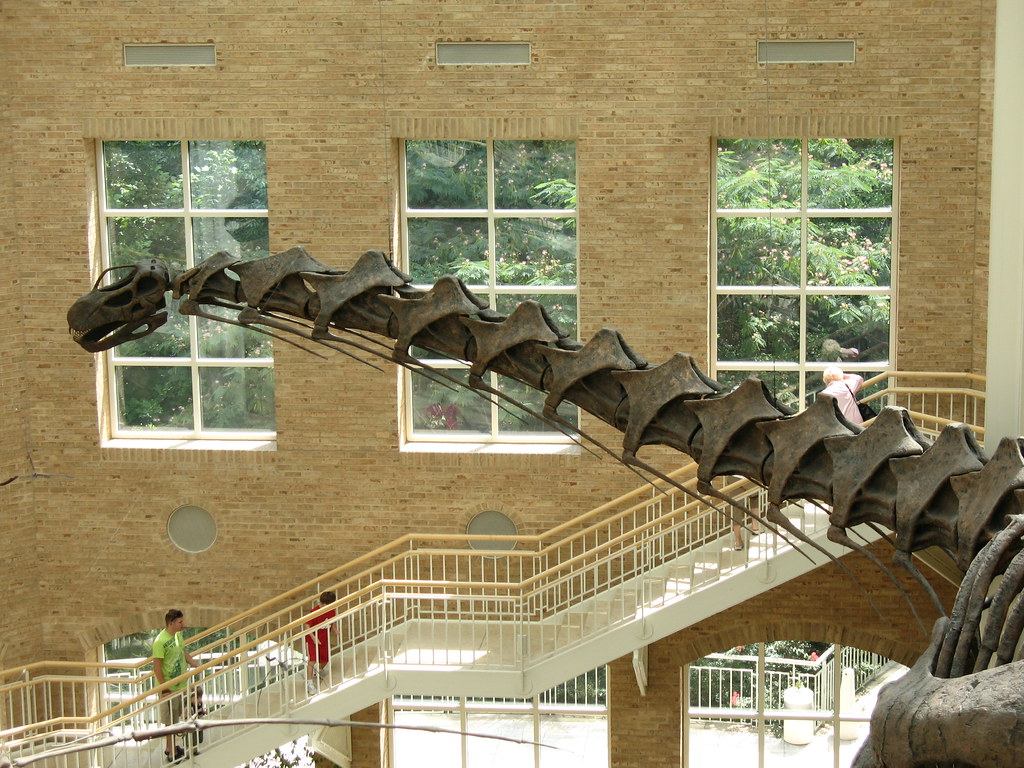
The backbone of Argentinosaurus tells a story of incredible evolutionary engineering. The vertebrae were enormous even for sauropods; one dorsal vertebra has a reconstructed height of 159 centimetres (63 in) and a width of 129 centimetres (51 in), and the vertebral centra are up to 57 centimetres (22 in) in width.
The vertebrae were internally lightened by a complex pattern of numerous air-filled chambers. Such camellate bone is, among sauropods, especially pronounced in the largest and longest-necked species. This remarkable adaptation allowed the dinosaur to achieve massive size without being crushed under its own weight.
Think about it this way: a single backbone segment from this creature would tower over you like a massive sculpture. I’m no stranger to big vertebrae – my first project turned out to be Sauroposeidon, and I’ve spent more time looking at Giraffatitan and Supersaurus verts than is probably healthy – but damn. Even I am used to big vertebrae that are still smaller than a person. Fair play to you, Argentinosaurus.
We Only Know It From Thirteen Bone Fragments

Here’s what makes Argentinosaurus so fascinating and frustrating for scientists: despite being potentially the largest land animal ever, we know surprisingly little about it. It’s no wonder these calculations are all over the place. Argentinosaurus is known from just 13 bones: six midback vertebrae, five fragmentary hip vertebrae, one tibia (a shinbone) and one rib fragment.
The reason for the variation in size estimates is the fragmentary nature of the fossil remains found so far. Argentinosaurus is known only from a few fossil bones, including nine vertebrae (most of which are incomplete), a partial femur and fibula, and some sections of ribs. Imagine trying to reconstruct a skyscraper from just a handful of building materials.
Argentinosaurus is just 3.5% complete. This means that roughly ninety-seven percent of this incredible creature remains a mystery, forcing scientists to make educated guesses based on related dinosaur species and careful mathematical modeling.
It Could Have Weighed as Much as Twelve Elephants
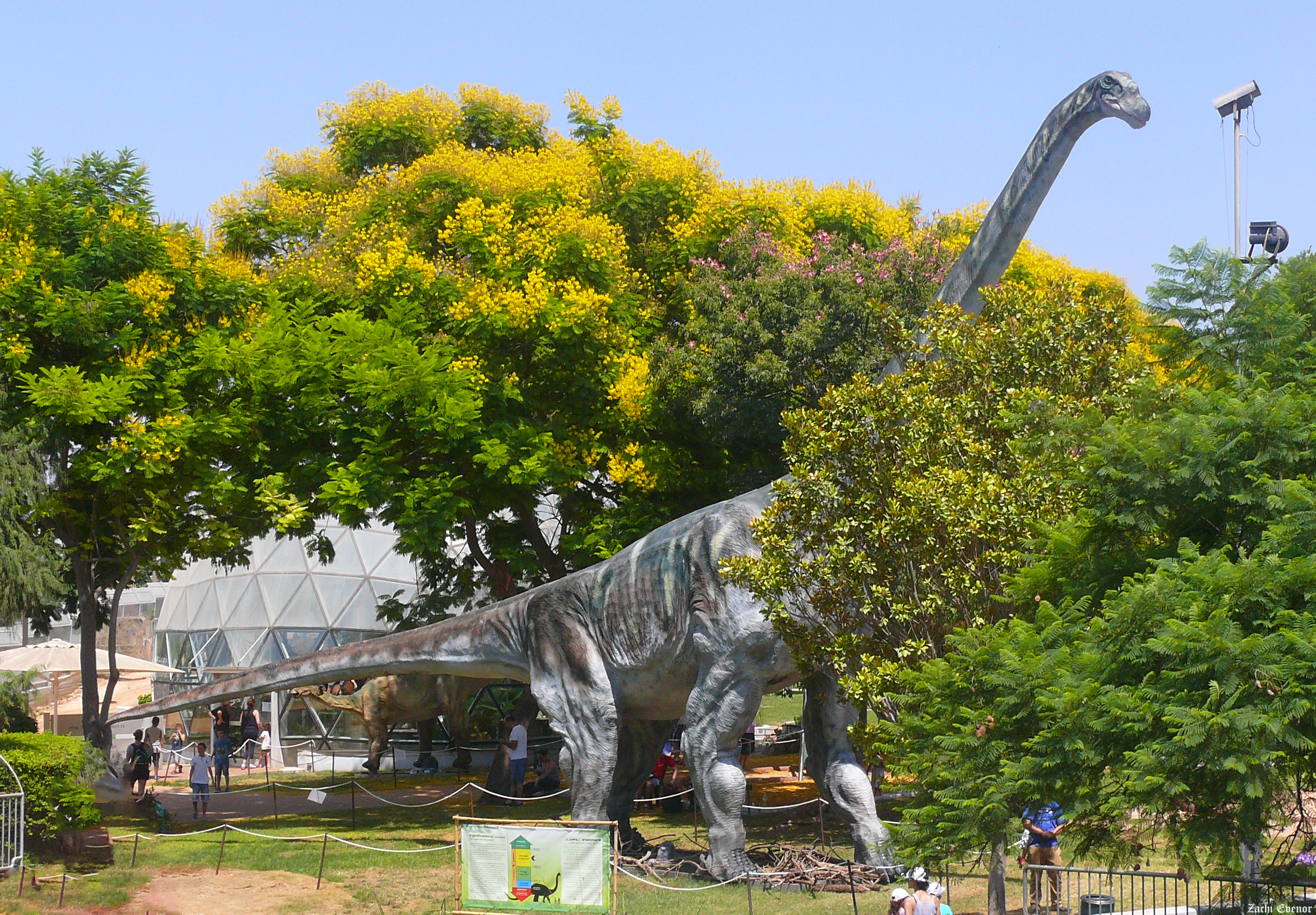
The weight estimates for Argentinosaurus vary dramatically among researchers, but they all point to one conclusion: this was an incredibly heavy animal. Argentinosaurus – which was part of a subgroup called the titanosaurs – is estimated to have weighed somewhere between 60 and 124 tonnes (132,277–273,373 lb), with most palaeontologists favouring the lower reaches of this range (between 60 and 90 tonnes).
Some Argentinosaurus specimens are theorized to have weighed more than 100 tons (110 metric tonnes) when they were alive, rivaling the mass of the largest creatures on Earth today. That’s about 67 percent the weight of a blue whale, or more than 16 times the weight of an adult male African elephant!
Muscles and their properties were based on comparisons with living animals; the final model had a mass of 83 tonnes (91 short tons). To truly appreciate this mass, consider that this single dinosaur weighed more than a loaded passenger train.
It Moved at the Speed of a Leisurely Human Walk
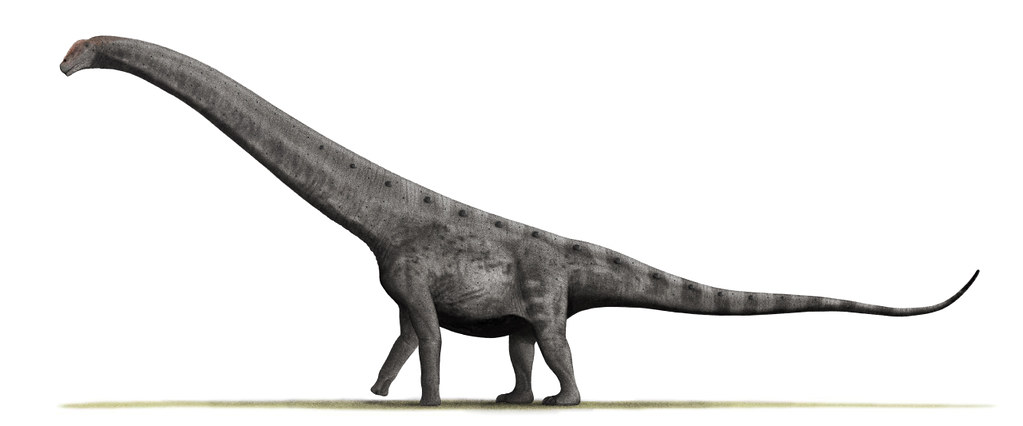
Despite its enormous size, Argentinosaurus wasn’t built for speed. A computer model of the skeleton and muscles estimated this dinosaur had a maximum speed of 7.2 km/h (5 mph) with a pace, a gait where the fore and hind limb of the same side of the body move simultaneously. That’s roughly the pace of a brisk human walk.
One analysis put its top speed at 5 miles per hour (7.5 km/h), about the same speed as a turtle. You could probably have outrun this giant if you were in decent shape, though hopefully you’d never find yourself in that particular situation.
Using computer simulation and machine learning techniques, which found a combination of movements that minimised energy requirements, the digital Argentinosaurus learned to walk. Even with advanced technology, scientists found that moving such a massive body efficiently was an enormous challenge, requiring careful coordination of every muscle and bone.
Its Babies Were Smaller Than Most Dogs
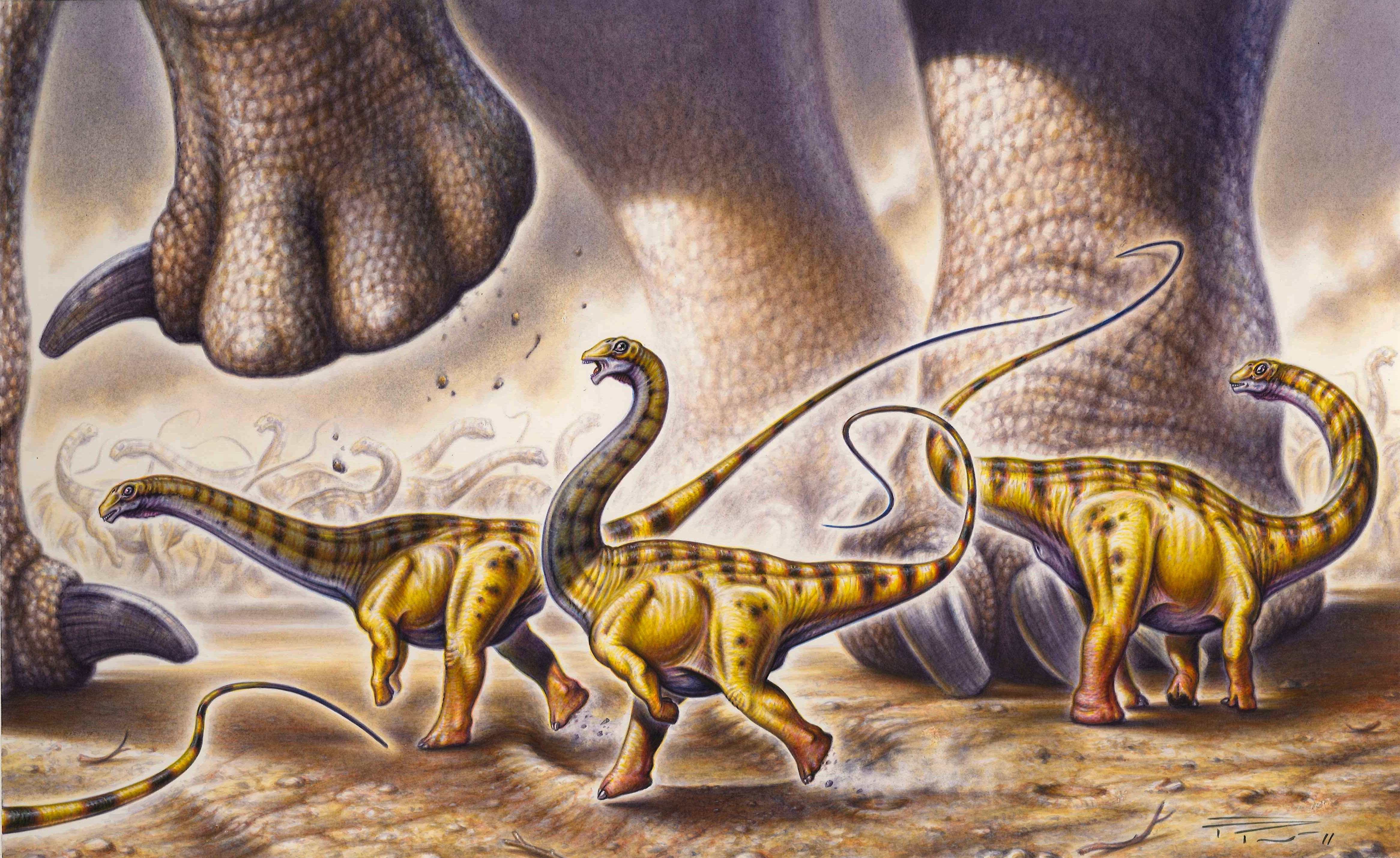
The growth story of Argentinosaurus is nothing short of miraculous. In 2016, Mark Hallett and Matthew Wedel stated that the eggs of Argentinosaurus were probably only 1 litre (0.26 US gal) in volume, and that a hatched Argentinosaurus was no longer than 1 metre (3.3 ft) and not heavier than 5 kilograms (11 lb).
The largest sauropods increased their size by five orders of magnitude after hatching, more than in any other amniote animals. This means baby Argentinosaurus grew by a factor of roughly one hundred thousand times their birth weight, a growth rate that puts all other animals to shame.
Argentinosaurus juveniles didn’t exceed 1 meter (3.3 feet) long and 5 kilograms (11 pounds) in weight. Moreover, they are considered precocial, meaning they could fend for themselves after hatching. Picture a creature the size of a medium dog eventually becoming one of the largest animals ever to walk the earth.
It Lived Longer Than Most Modern Animals
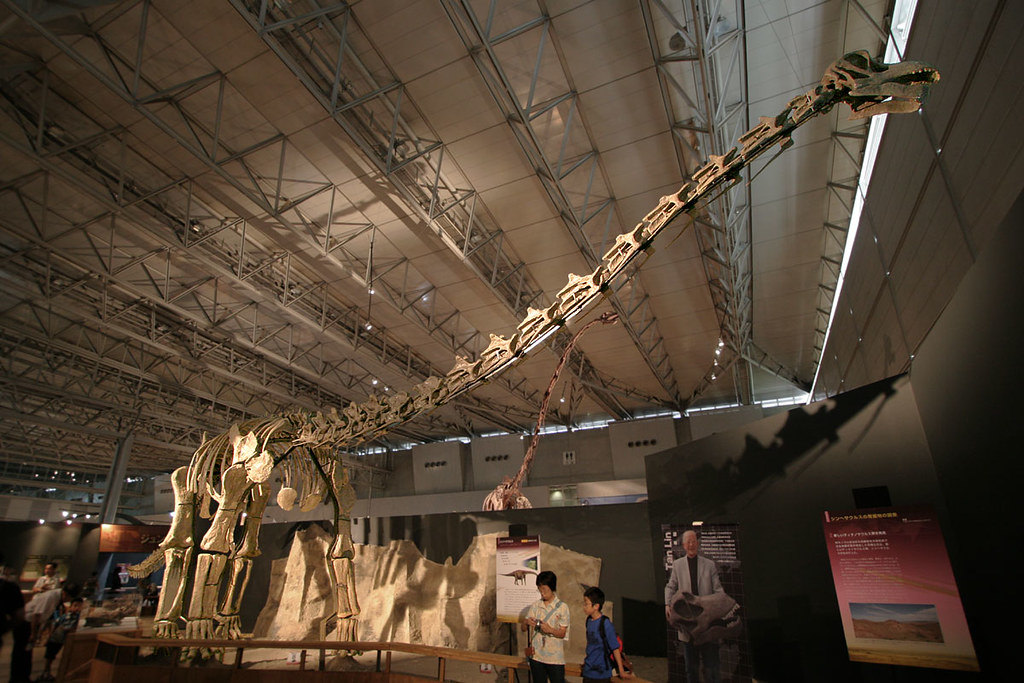
These giants had lifespans that would make modern animals envious. Hallett and Wedel estimated that Argentinosaurus reached sexual maturity at 8–10 years and physical maturity at 20 years, with a lifespan estimated at around 30 years. However, more recent estimates suggest even longer lifespans.
Their long lifespan – potentially up to 70 years – allowed them to dominate their environment for generations, with adults facing few threats due to their size. Imagine an individual Argentinosaurus watching generations of smaller dinosaurs come and go throughout its long life.
It could take up to 40 years to reach full adult size. This prolonged growth period meant that for decades, these dinosaurs were continuously getting larger and more impressive, a living testament to the power of sustained growth over time.
It Dominated a Lost World of Giants

The fossils of Argentinosaurus were recovered from the Huincul Formation, which was deposited in the middle Cenomanian to early Turonian ages (about 97 to 93.5 million years ago) and contains a diverse dinosaur fauna including the giant theropod Mapusaurus. This wasn’t just any prehistoric ecosystem; it was a world of unprecedented giants.
During the Late Cretaceous period, South America had a warm and semi-arid climate with vast floodplains, river systems, and deltas. These landscapes were covered with forests of conifers, ferns, and other prehistoric plants, providing ample vegetation to support large herbivorous dinosaurs like Argentinosaurus.
Argentinosaurus might have been preyed on by Mapusaurus, which is among the largest theropods known. Mapusaurus is known from at least seven individuals found together, raising the possibility that this theropod hunted in packs to bring down large prey including Argentinosaurus. Even the apex predators of this era needed to work together to challenge such a massive herbivore.
Its Diet Could Feed a Small Town

Fueling such an enormous body required an incredible amount of plant material. As a herbivore, Argentinosaurus primarily fed on leaves, ferns, and other vegetation found in the lush landscapes of the Late Cretaceous. Its feeding strategy was both simple and effective: reach higher than any competitor.
The fossil pollen inside the Argentinosaur fossil indicates they ate a variety of flowering plants. Some of the plants included liverworts, ferns, hornworts, gymnosperms, angiosperms, conifer, and selaginellales plants. This diverse diet shows that Argentinosaurus was an adaptable feeder, taking advantage of whatever vegetation was available.
Its peg-like teeth were designed for stripping leaves rather than chewing, meaning Argentinosaurus likely swallowed its food whole. Gastroliths – stones swallowed to aid digestion – may have helped break down tough plant fibers in its stomach. This efficient feeding process supported the energy needs of such a colossal animal. Think of it as nature’s ultimate food processing system, designed to extract maximum nutrition from massive quantities of plant matter.
Conclusion
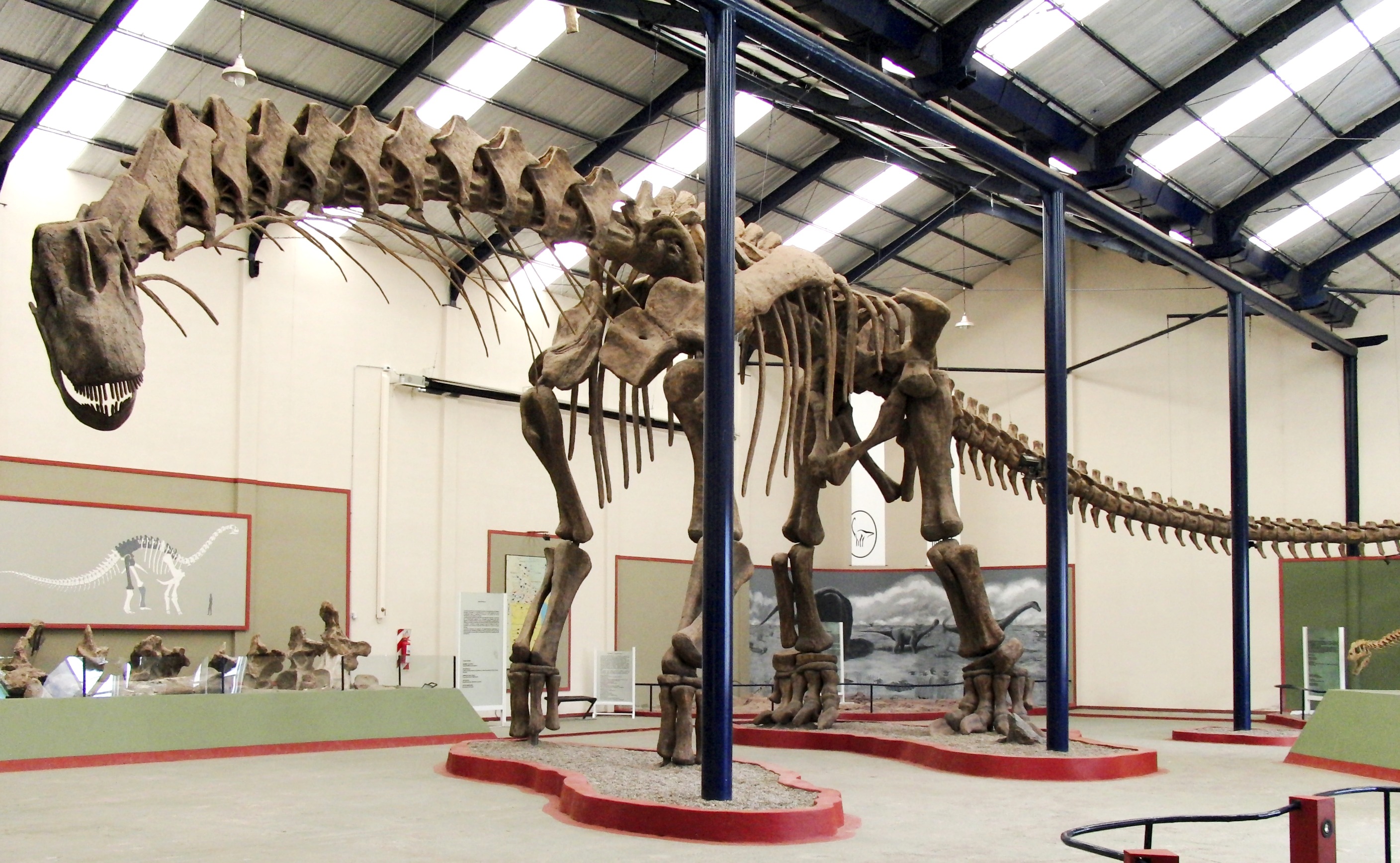
The story of Argentinosaurus reads like science fiction, yet every fragment of bone tells us it was gloriously real. From its accidental discovery by a farmer who thought he’d found petrified wood to the mind-bending revelation that it grew from a five-kilogram hatchling to a potentially eighty-ton giant, this dinosaur challenges everything we think we know about the limits of life on land.
What strikes me most is how much mystery still surrounds this colossus. Here we have potentially the largest animal ever to walk the earth, and we know it from just thirteen bones scattered across ninety-seven million years of time. It’s humbling to realize that despite all our technology and scientific advancement, the ancient world still holds secrets that dwarf our understanding.
Perhaps that’s what makes Argentinosaurus so captivating. In our age of instant information, here’s a reminder that some stories take patience to unfold. What do you think about the possibility that even larger giants might still be waiting in the rocks of Patagonia? Tell us in the comments.

